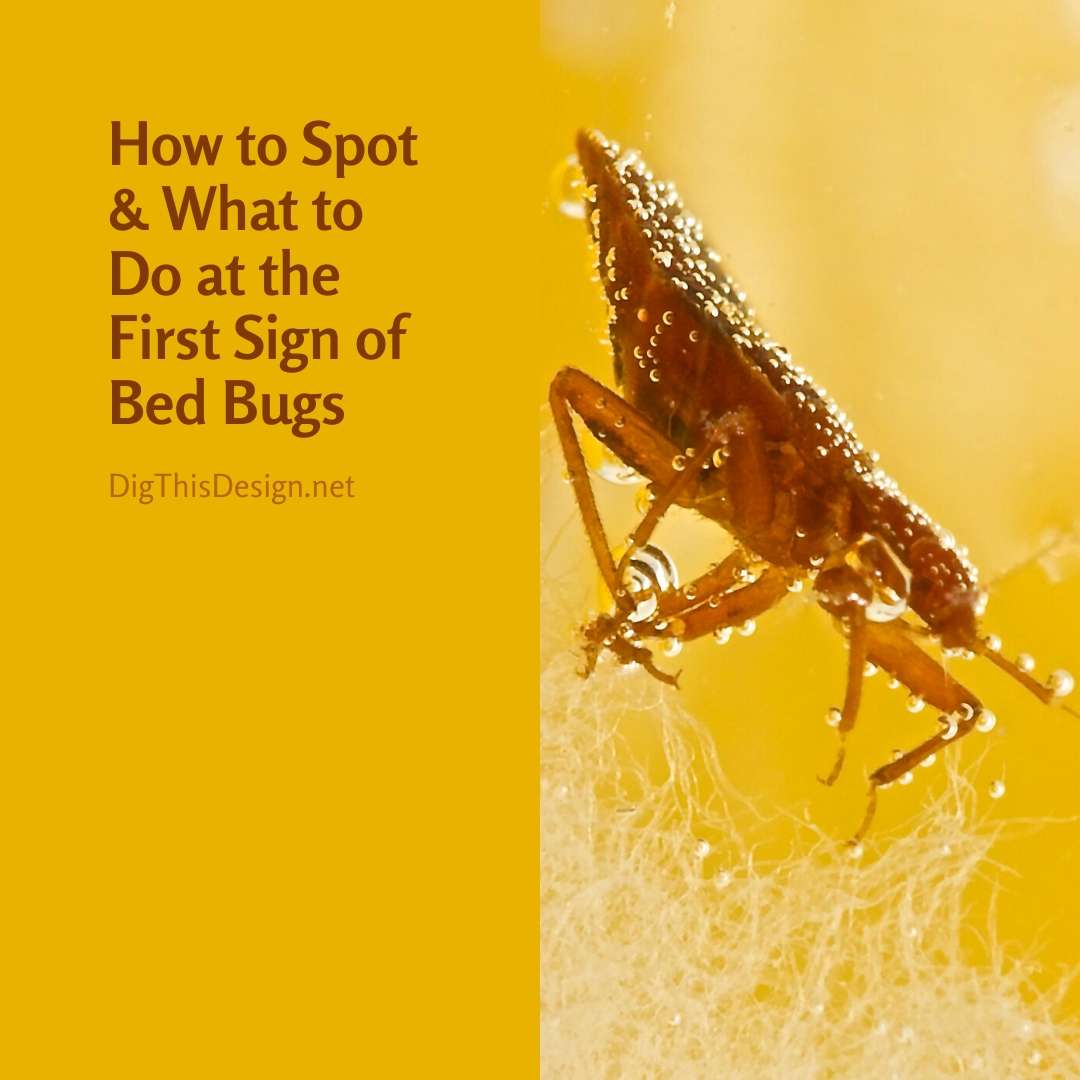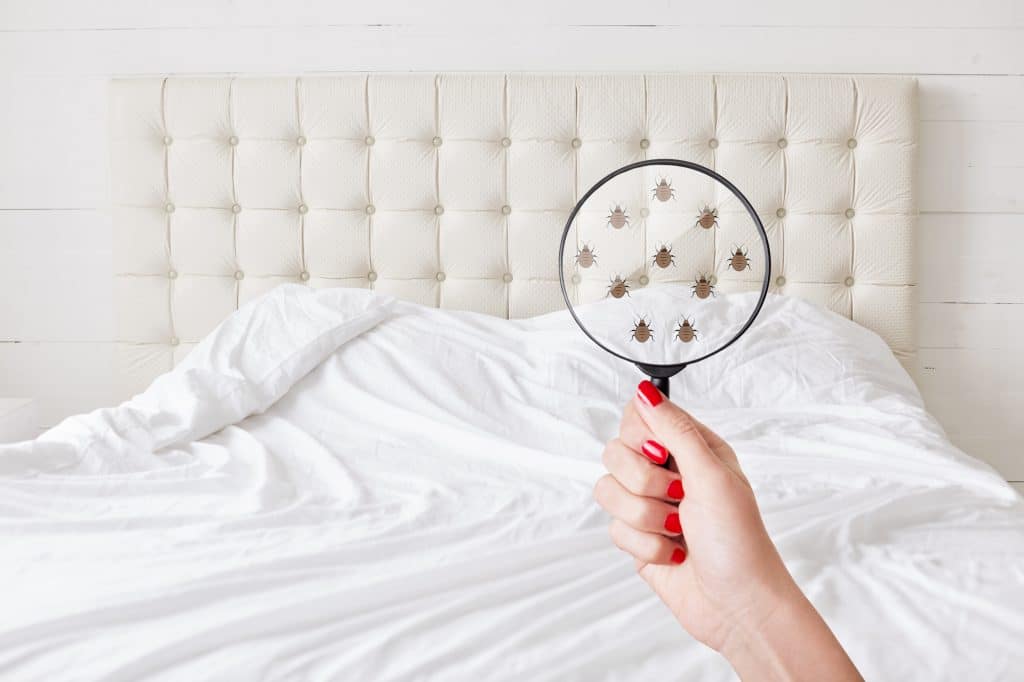
#Signs of bed bugs windows
Vacuum your bed and the area around it every day, including windows and molding.Use a stiff brush to scrub mattress seams to remove bedbugs and their eggs before vacuuming.Put stuffed animals, shoes, and other items that can't be washed in the dryer and run it on high for 30 minutes or more. Wash your bedding, curtains, and clothing in hot water and dry them on the highest dryer setting.To get rid of bedbugs, you can start by taking some steps at home: To confirm a bedbug infestation, you must find and identify the bugs. You may think the itching and welts are from other causes, like mosquitoes. Also, the bites don't have a red spot in the center the way flea bites do.
#Signs of bed bugs skin
Unlike flea bites, which are mainly around your ankles, you'll find bedbug bites on areas of skin that are exposed while you're sleeping, often your face, neck, or hands. You may not notice bites right away, as it can take up to 2 weeks for marks to develop. It can be harder to see them on dark skin.īedbugs tend to leave groups of bites in a straight row or zigzag pattern, but they can also be in a random pattern.

On people with light skin tones, the bites usually look red.

If you have a bedbug bite, you may notice an itchy spot on your skin. The bugs feed from 3 minutes to 10 minutes until they're full, then crawl away. They pierce the skin and take your blood through their long beaks. You are as likely to find them in immaculate homes as in messy ones.īedbugs are active mainly at night and usually bite you while you're sleeping.

If you suspect you may have bedbugs, inspect your mattress and bed carefully, especially in the crevices. White, oval eggs that are about as big as an apple seed.The bedbugs' shed skin, which looks a lot like the bugs themselves.Bedbug poop, black dots about the size of a period.But for some people, bedbug bites don't cause any marks or itching. Bedbugs tend to leave clusters of bites rather than single bites here and there. The first sign of bedbugs may be small, itchy bites on your skin, often on your arms or shoulders. They can live from about 10 months to a year long. Under favorable conditions, the bugs can develop fully in as little as a month and produce three or more generations per year. They require a meal of blood before each shedding.

Immature bedbugs, called nymphs, shed their skins five times before reaching maturity. They don't fly, but they can move quickly over floors, walls, and ceilings.įemale bedbugs may lay hundreds of eggs, each about the size of a speck of dust, over a lifetime. This means they can get just about anywhere so long as there's blood to feed on.īedbugs don't make nests like ants or bees, but tend to live in groups in hiding places. Their flattened bodies make it possible for them to fit into tiny spaces, about the width of a credit card. After feeding, though, they swell and turn a reddish color. Adult bedbugs have flat bodies about the size of an apple seed. Bedbugs are small, oval, brown insects that feed on the blood of animals and humans.


 0 kommentar(er)
0 kommentar(er)
